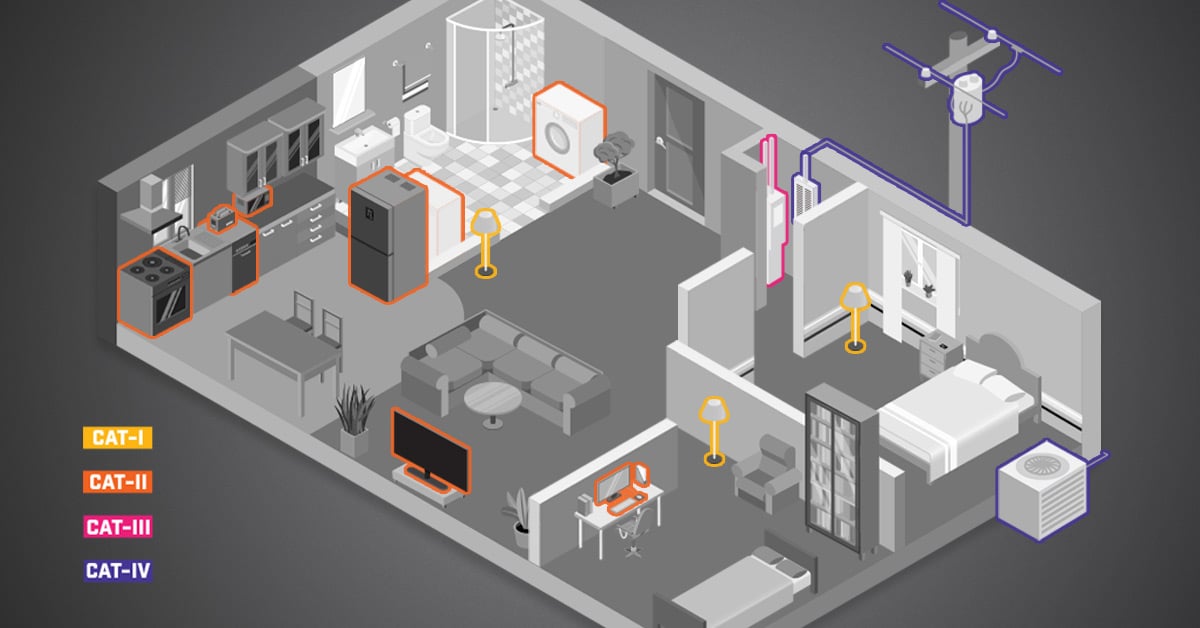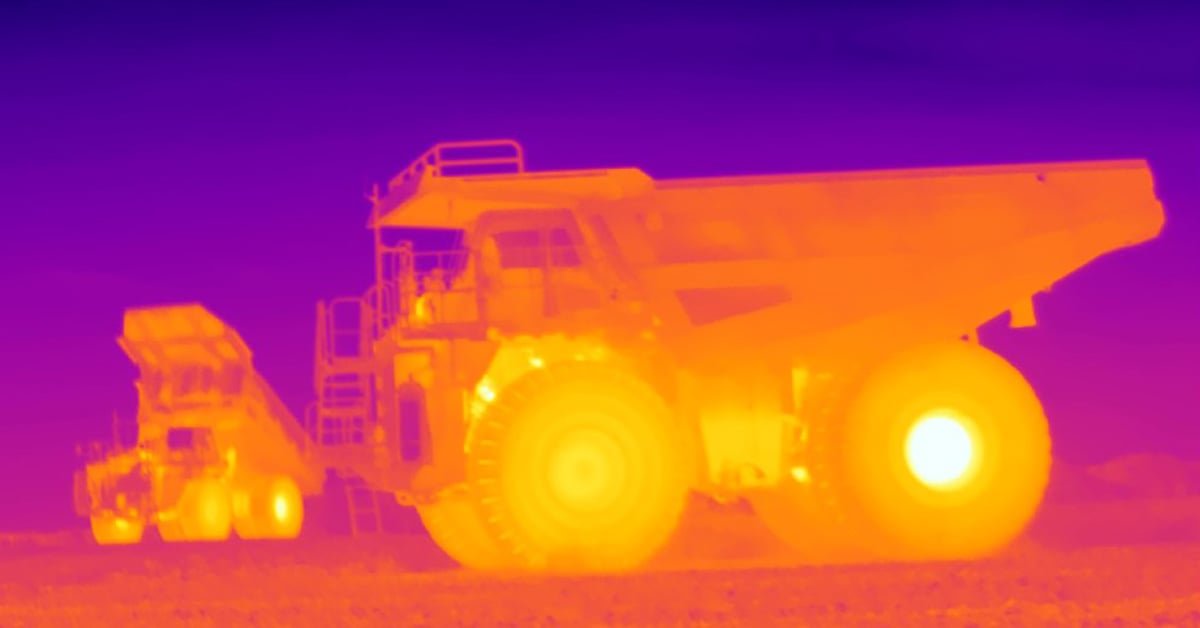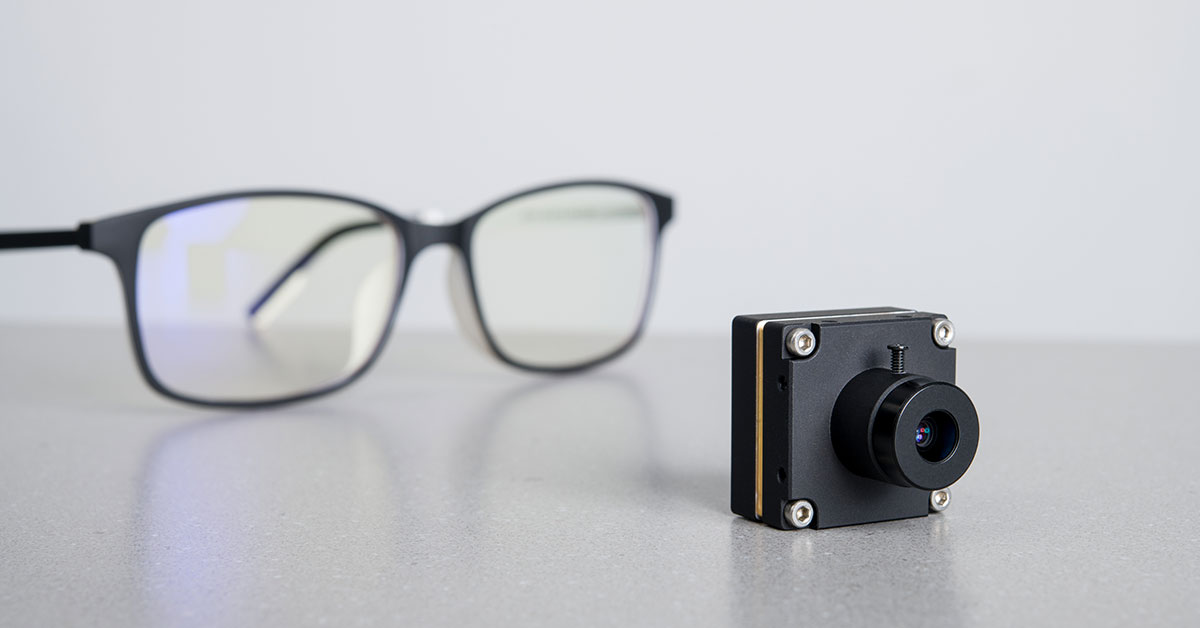Optical Gas Imaging Regulations in the United States and Europe
2015: PROPOSED - EPA Methane Emissions Reduction
In the August 18 announcement of its new proposal, the US Environmental Protection Agency says it has identified optical gas imaging (OGI) as a “Best System of Emission Reduction” for detecting fugitive methane emissions from new equipment installation, upgrades, and modified sources.
2014: EU Commission IPPC Directive (2008/1/EC) And Industrial Emissions Directive (IED, 2010/75/EU) – Refining
On 9th October 2014 the EU Commission published the final Commission Implementing Decision establishing best available techniques (BAT) conclusions, under Directive 2010/75/EU of the European Parliament and of the Council on industrial emissions, for the refining of mineral oil and gas.
2014: United Kingdom Environmental Agency - Fracking
In July 2014 the Environmental agency published a report titled Considerations for quantifying fugitive methane releases from shale gas operations.
The report was produced to inform the Environment Agency about the options available for quantifying the amounts of fugitive methane released to air from certain onshore oil and gas operations. The emphasis is on exploratory operations to extract methane from shale by hydraulic fracturing - commonly known as ‘shale gas operations’ (as in the title).
2014: EU Commission IPPC Directive (2008/1/EC) And Industrial Emissions Directive (IED, 2010/75/EU) - Chemical
There are several BREF documents that are relevant to the new IED, reference: BREF documents
One of which is Common Waste Water and Waste Gas Treatment/Management Systems in the Chemical Sector
Chapter 4 BEST AVAILABLE TECHNIQUES (BAT) CONCLUSIONS FOR COMMON WASTE WATER/WASTE GAS TREATMENT/MANAGEMENT IN THE CHEMICAL SECTOR, states the scope of the industries to be covered by this draft regulation:
2014: USA Fracking - State Of Colorado Regulations – Fracking
On February 23, 2014, Colorado’s Air Quality Control Commission (“Commission”) fully adopted EPA’s Standards of Performance for Crude Oil and Natural Gas Production, Transmission, and Distribution found in 40 C.F.R. Part 60, Subpart OOOO (“NSPS OOOO”) into Regulation Number 6, Part A; adopted corresponding revisions to its emissions reporting and permitting framework in Regulation Number 3, Parts A, B, and C; and adopted complementary oil and gas control measures in Regulation Number 7.
2013: EU Commission IPPC Directive (2008/1/EC) And Industrial Emissions Directive (IED, 2010/75/EU) - Refining
In 2007 a trial was performed using the FLIR OGI technology and a complementary technology. The subsequent report [CONCAWE Report no. 6/08] and conclusion that was produced by CONCAWE makes up some of the fundamentals of the new draft BAT (Best Available Technique) and BREF (Best Available Technique Reference Document to the BAT) as part of the new Directive on industrial emissions 2010/75/EU (IED) with respect to OGI.
2012: USA Environmental Protection Agency 40 CFR Part 60 Subpart OOOO (QUAD O) - Fracking
The final rules include the first federal air standards for natural gas wells that are hydraulically fractured (Fracking), along with requirements for several other sources of pollution in the oil and gas industry that currently are not regulated at the federal level.
This subpart establishes emission standards and compliance schedules for the control of volatile organic compounds (VOC) and sulfur dioxide (SO2) emissions from affected onshore facilities that commence construction, modification or reconstruction after August 23, 2011.
2011: USA Environmental Protection Agency 40 CFR Part 98, Subpart W - Refining
On November 8, 2010, Administrator Jackson signed a rule that finalizes reporting requirements for the petroleum and natural gas industry under 40 CFR Part 98, the regulatory framework for the Greenhouse Gas (GHG) Reporting Program.
This final rule requires petroleum and natural gas facilities that emit 25,000 metric tons or more of carbon dioxide (CO2) equivalent per year to report annual methane (CH4) and CO2 emissions from equipment leaks and venting, and emissions of CO2, CH4, and nitrous oxide (N2O) from gas flaring and from onshore petroleum and natural gas production stationary and portable combustion emissions and combustion emissions from stationary equipment involved in natural gas distribution.
2008: Europe Concawe Report - Refining
Concawe was established in 1963 by a small group of leading oil companies to carry out research on environmental issues relevant to the oil industry. Its membership has broadened to include most oil companies operating in Europe.
The scope of Concawe’s activities has gradually expanded in line with the development of societal concerns over environmental, health and safety issues. These now cover areas such as fuels quality and emissions, air quality, water quality, soil contamination, waste, occupational health and safety, petroleum product stewardship and cross-country pipeline performance.
In 2008 a Concawe published a report following a trial that was performed in Shell Gothenburg in 2007. During the trial a FLIR GasFindIR Optical Gas Imaging and other complementary technique was tested.
2008: USA Environmental Protection Agency AWP (Alternative Work Practice) - Refining
The EPA’s Method 21 - Alternative Work Practice (AWP), promulgated December 2008, allows the use of Optical Gas Imaging (OGI) for M21 leak detection, in lieu of the “Sniffer” method
Numerous EPA air emissions standards require specific work practices for equipment leak detection and repair. On April 6, 2006, we proposed a voluntary alternative work practice for leak detection and repair using a newly developed technology, optical gas imaging.


